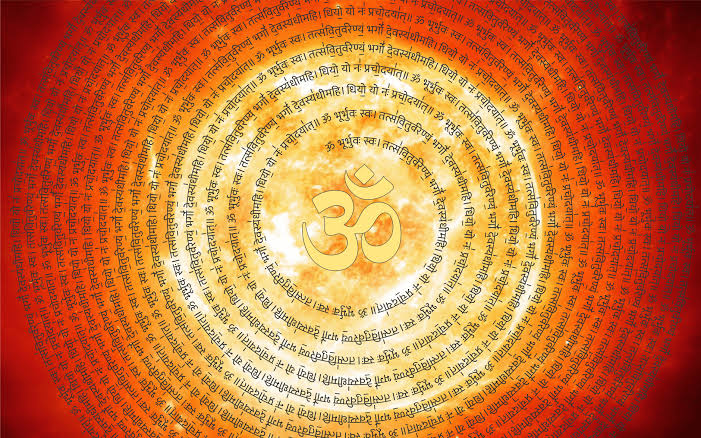In our last post ‘Indian Philosophy’ we discussed how Indian philosophy is dominated by the Vedas. The Vedas are the source of knowledge and rituals that has dominated the Indian society since ancient times and perhaps Hinduism is the only religion that has maintained some form of continuity since ancient times. This continuity is possible because of the ability of Hinduism to adopt new ideas, Rig Veda is the earliest Veda among the four Vedas and contains the ideas and rituals of Aryans which they brought from their homeland in form of hymns, they would have felt the need to compile these hymns after interaction with the natives Indians who would have been worshiping multiple gods at that time so that their ancient practices should not be lost in the new world. There is a gap of 500 years between the early Vedic period and the later Vedic period and during this period people gained enough resources to perform rituals and this led to the compilation of Sama Veda and Yajur Veda. Sama Veda arranges the hymns in a manner that these can be sung during ceremonies and Yajur Veda( Yaj means sacrifice) gives the details of rituals to be performed and this is the reason Yajur Veda has both prose and poetry.
Atharva Veda on the other hand shows the adoption of native rituals and gods by the Aryans, it contains magical spells that would have been used by non Aryans for worshiping their local gods. All the four Vedas are divided into three parts that is Samhita, Brahmana and Upanishads. The collection of hymns or mantras is known as Samhitas, the Brahmanas are the commentaries on the Vedas and helps in the proper understanding of the vedas, they also describes the rituals to be performed by the household. Upanishads comes into picture when an individual is expected to leave his house at an old age and migrate to the forests in search of true knowledge, Upanishads are the concluding portions of the Vedas, they are the philosophical portion of the Vedas. The basic difference between Brahmana and Upanishad is that Brahmanas talks about the individual rituals whereas Upanishads talk about the collective duties of the society.
The study of the Vedas is very important in understanding the flow of philosophical ideas because the development of the Vedas from Samhitas to Upanishads covers a vast time period of 3000 years, it shows the migration of Hindu religion from worship through simple hymns to the collective rituals. Samhitas were compiled around 4500 BCE, Brahmanas around 2500BCE and Upanishads were complied around 1600BCE. The Vedas are not only limited to the above mentioned time span of 3000 years they are also the base for the development of Puranic period during the 4th and 5th century CE, these Puranic traditions form the active part of Indian society in present times.

Suggestion – how about an article on the contribution of women in forming the India history…?!
sure on 15 August i will post an article on this topic.
I’m extremely impressed with your writing skills and also with the layout on your blog. Is this a paid theme or did you modify it yourself? Either way keep up the excellent quality writing, it is rare to see a great blog like this one these days..
You’ve created something that resonates on many levels — intellectually, emotionally, and even spiritually.